Big cats are among the most fascinating and powerful creatures that roam the wilderness. These magnificent animals are not only apex predators in their respective habitats, but they also play crucial roles in maintaining ecological balance. In this article, we will explore seven big cats that dominate the wild with their incredible skills, examining their unique adaptations, behaviors, and the conservation challenges they face.
The Majestic Lion: King of the Savannah
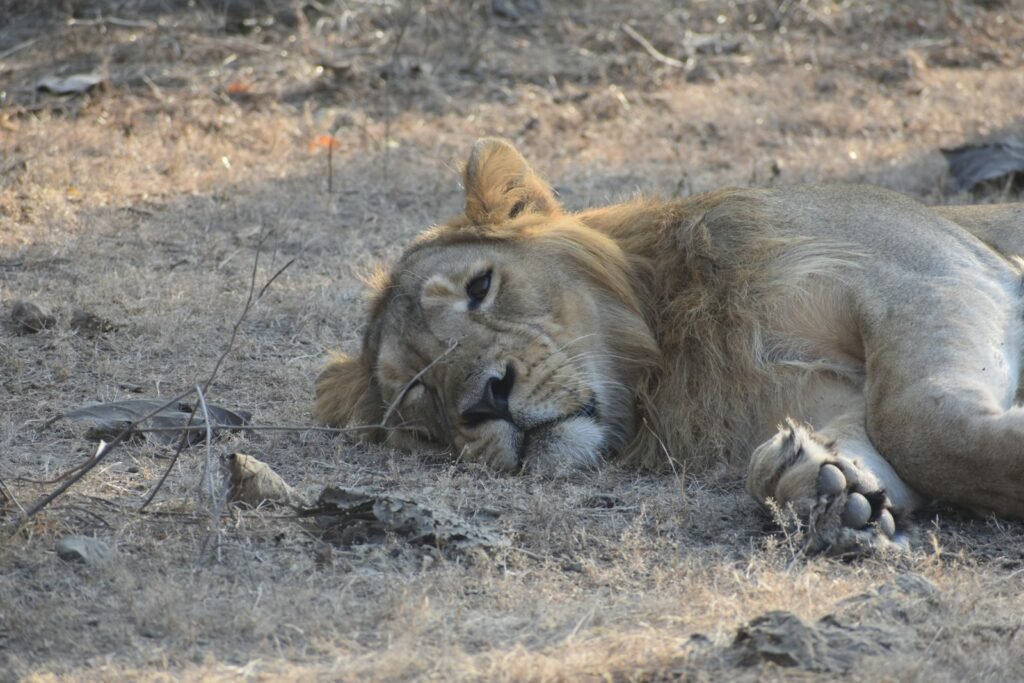
Lions (Panthera leo) are often referred to as the “king of the jungle,” though they primarily inhabit the African savannah. Known for their imposing mane and social structure, lions live in groups called prides, which typically consist of related females, their offspring, and a small number of adult males. Their powerful roar can be heard up to five miles away, a skill they use to communicate and establish territory.
Tigers: Solitary Yet Socially Complex
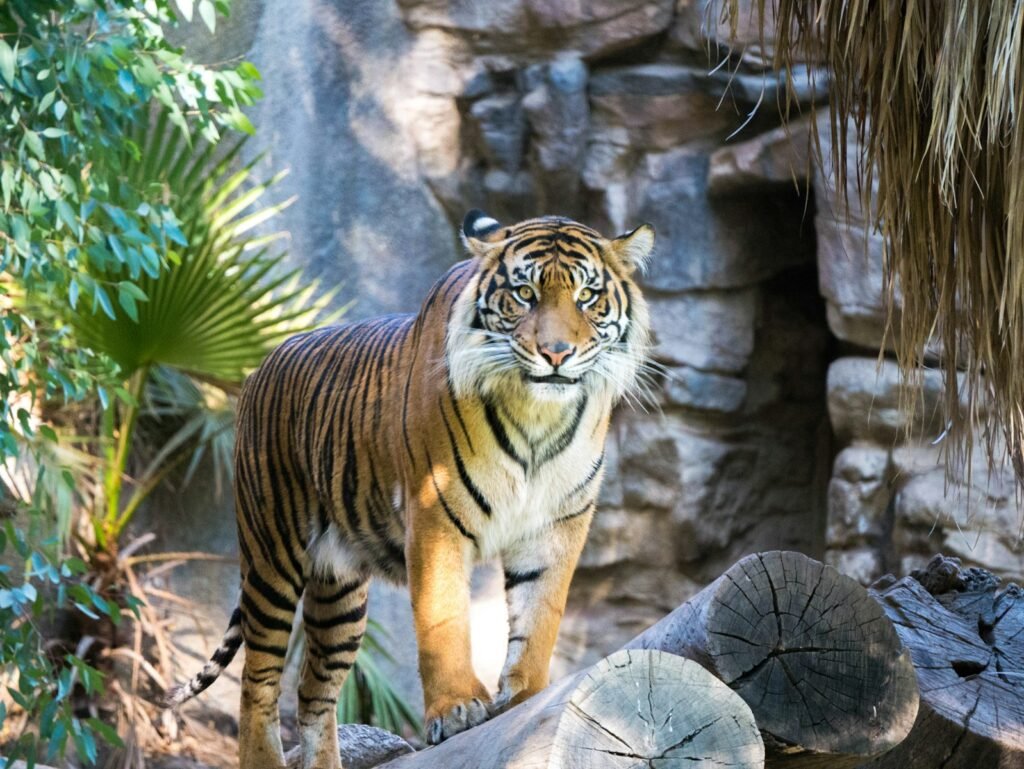
Tigers (Panthera tigris) are the largest of the big cats and are renowned for their striking orange coats with black stripes. Unlike lions, tigers are primarily solitary animals. Despite their solitary nature, tigers have highly complex social behaviors and use vocalization, scent marking, and visual signals to communicate with other tigers. Their powerful hunting skills, adaptability to various habitats, and strength make them formidable apex predators.
The Stealthy Leopard: Master of Camouflage
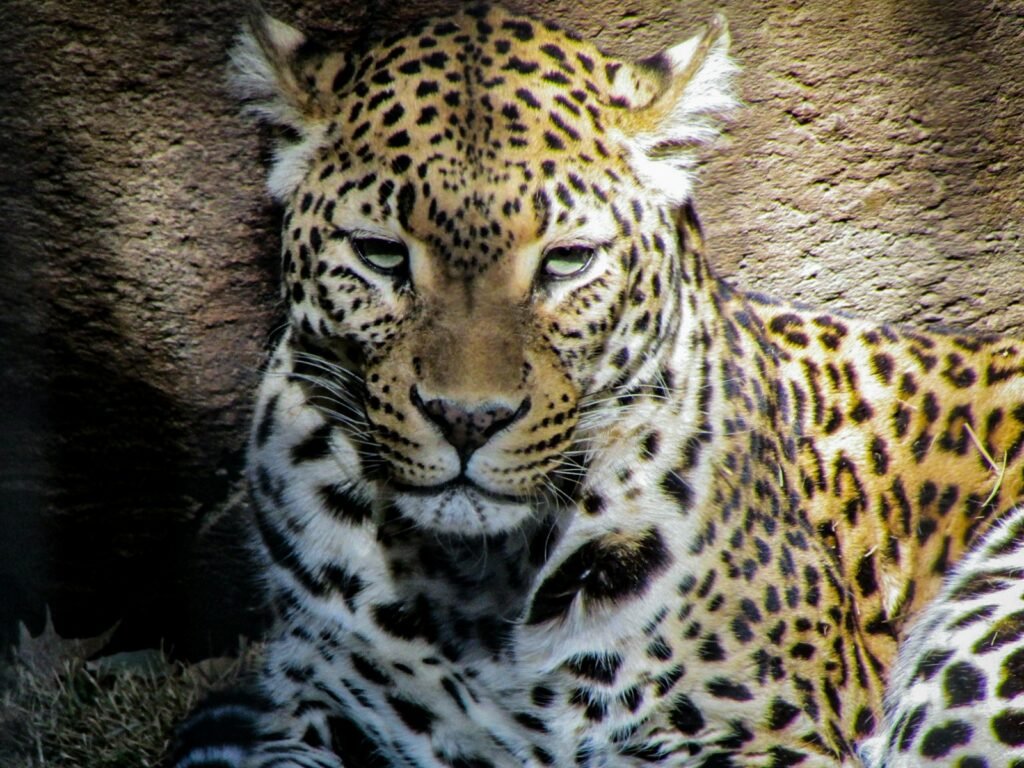
Leopards (Panthera pardus) are masters of stealth and adaptability, found in a remarkable range of habitats across Africa and Asia. Their spotted coats provide excellent camouflage, allowing them to stalk prey with exceptional secrecy. Leopards are known for their strength, enabling them to haul prey several times their own weight into trees, hiding it from scavengers. They are solitary and highly territorial animals.
Jaguars: Power and Precision in the Americas
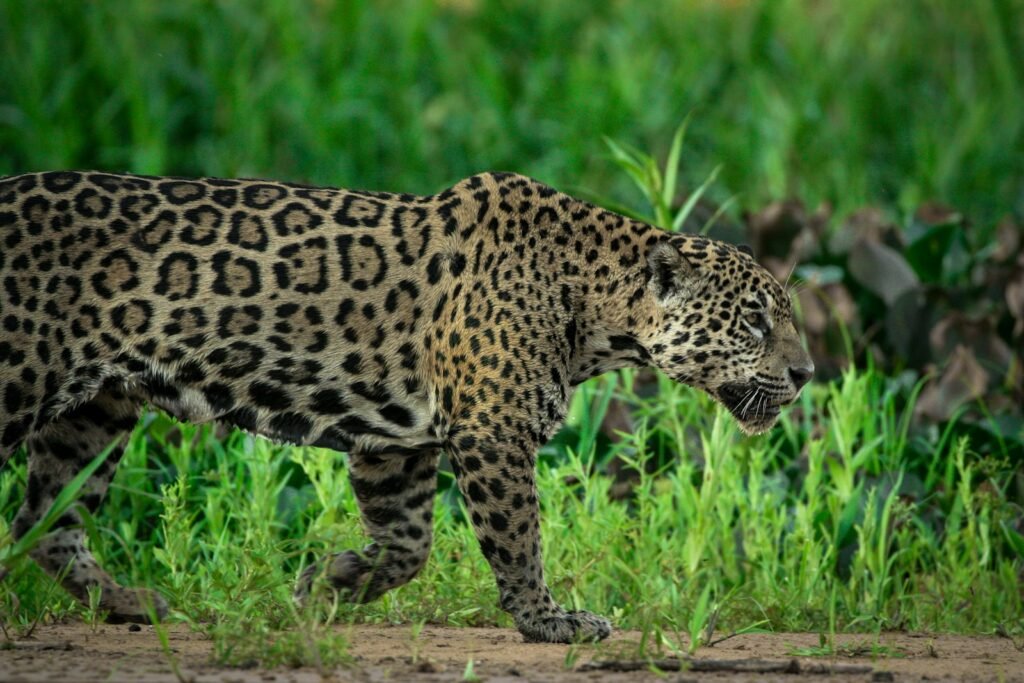
Jaguars (Panthera onca) are the largest cats in the Americas and are known for their immense strength and powerful bite, capable of piercing the skulls of prey. Found primarily in rainforests, they are excellent swimmers and often hunt in aquatic environments. Jaguars, like tigers, are generally solitary creatures and are adept at ambushing prey, leveraging both stealth and brute force in hunting.
Cheetahs: Speed Demons of the Plains
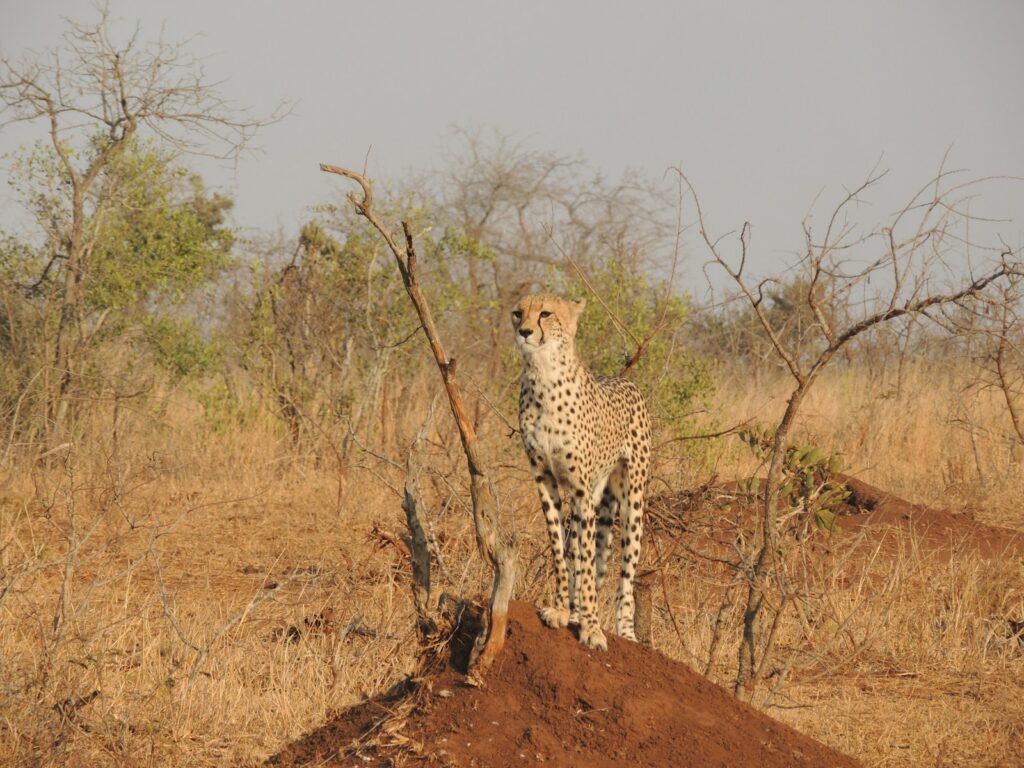
Cheetahs (Acinonyx jubatus) are unique among big cats due to their incredible speed and agility, capable of reaching speeds up to 60-70 miles per hour. Unlike other big cats, cheetahs rely on their remarkable acceleration and maneuverability to catch speedy prey like antelopes. They have adapted to hunting during the day to avoid competition with larger predators and have distinct black “tear marks” that help reduce sun glare.
Pumas: The Elusive Mountain Lions
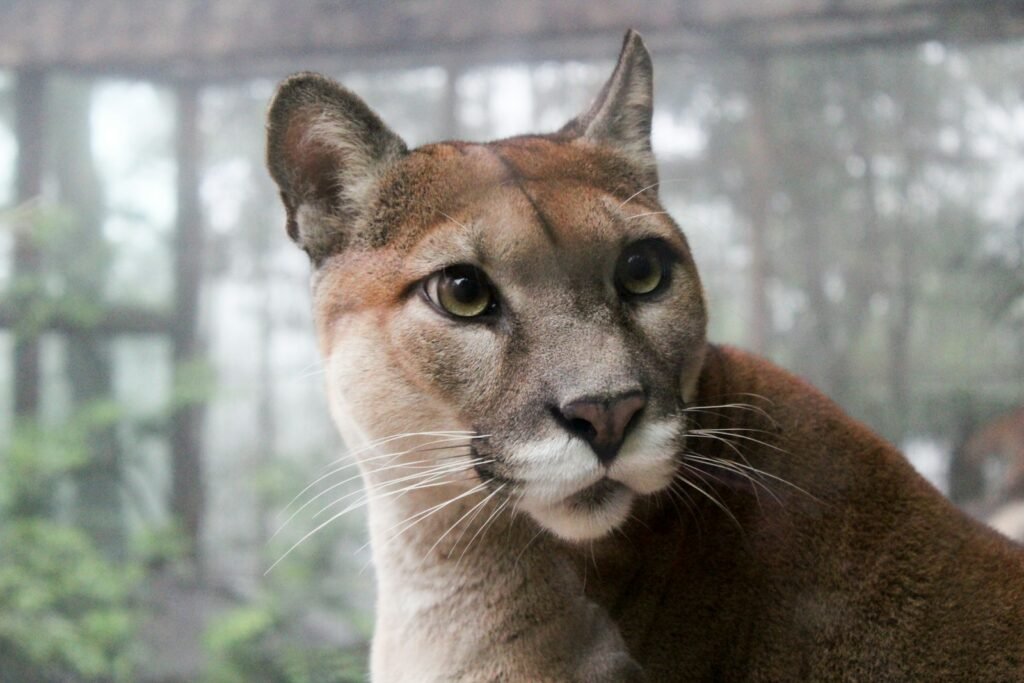
Pumas (Puma concolor), also known as mountain lions or cougars, are versatile predators found across the Americas. They are highly adaptable, able to thrive in diverse environments from deserts to forests. Pumas have powerful hind legs that allow for incredible leaping abilities, aiding in their ambush hunting strategies. Typically solitary, they are highly territorial animals often avoiding human contact.
Snow Leopards: The Ghosts of the Mountains
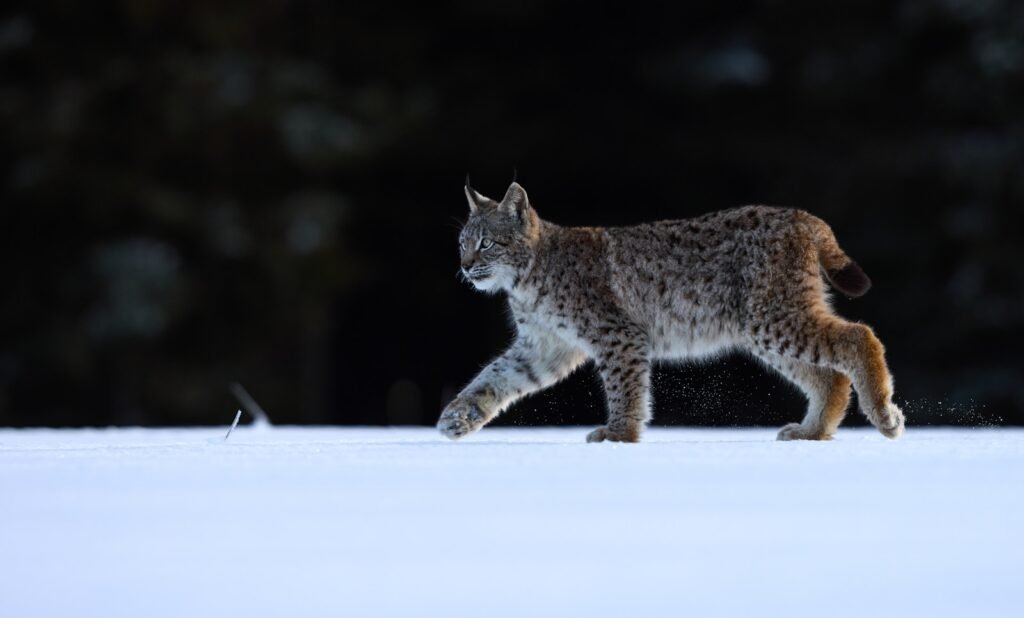
Snow leopards (Panthera uncia) live in the rugged mountain landscapes of Central and South Asia. Known for their thick, long fur and pale coloration, they are perfectly adapted to cold, rocky environments. These enigmatic cats are often called “ghosts of the mountains” due to their elusive nature and excellent camouflage. Their long tails help in balancing on steep slopes, and they are adept hunters of agile mountain prey, like ibex and blue sheep.
Conservation Challenges Facing Big Cats
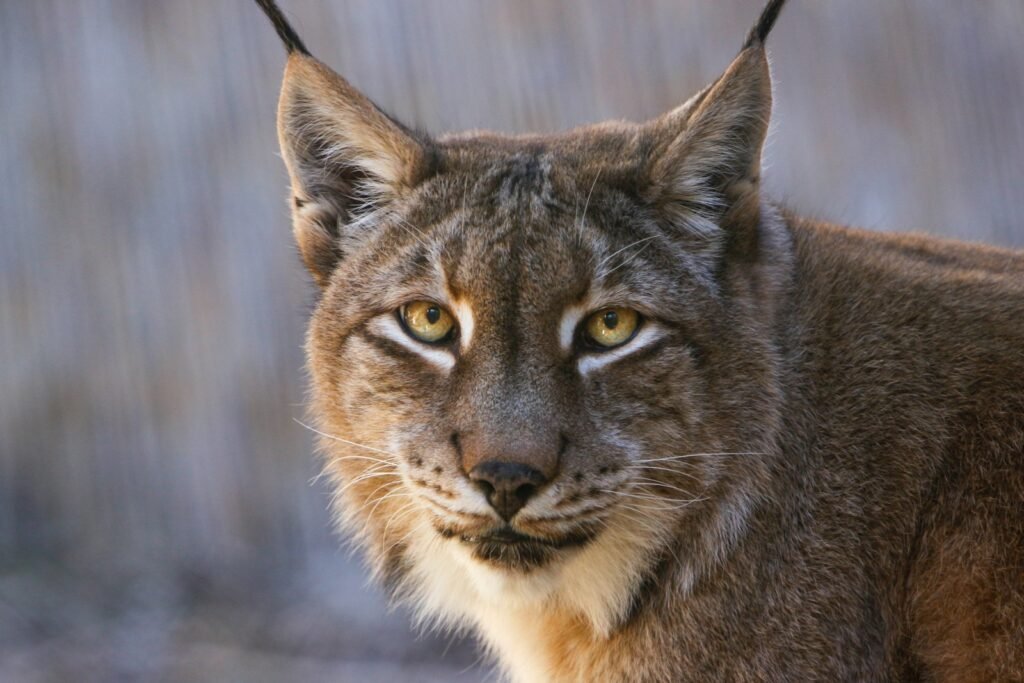
Despite their formidable skills, big cats face numerous threats from habitat loss, poaching, and human-wildlife conflict. Many species are endangered, with diminishing populations due to human encroachment and illegal hunting for their fur and body parts. Conservation efforts include habitat preservation, anti-poaching measures, and education programs aimed at fostering coexistence between humans and big cats.
The Crucial Role of Big Cats in Ecosystems
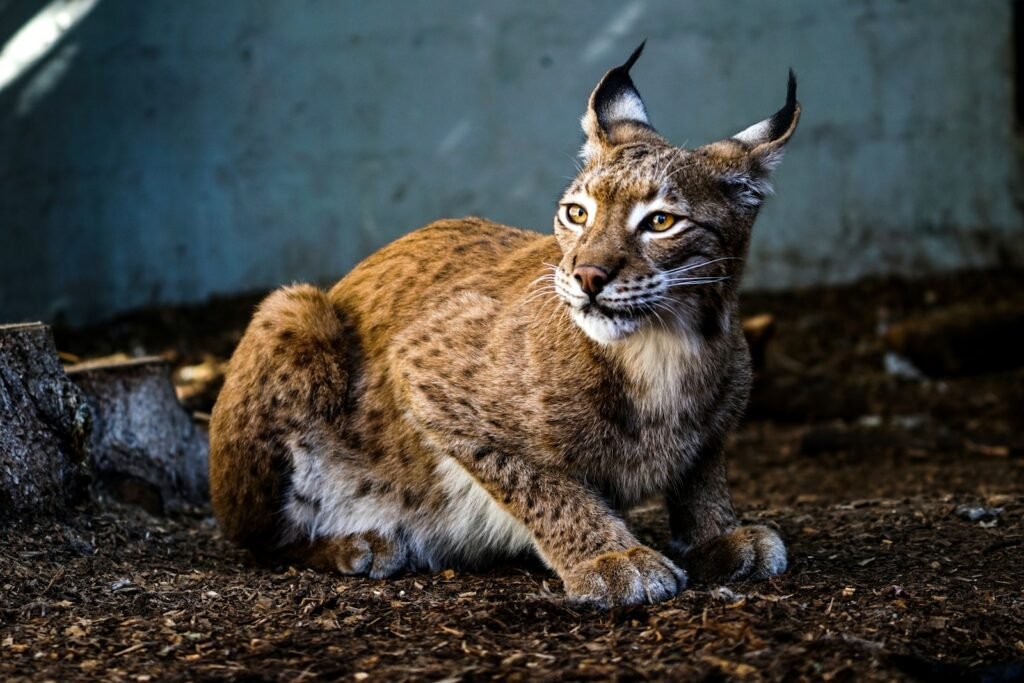
Big cats are vital to maintaining the health and balance of their ecosystems. As apex predators, they regulate prey populations, preventing overgrazing and promoting biodiversity. Their presence can also indicate the overall health of an environment, making their conservation a key priority for ecological sustainability.
Conclusion: The Future of Big Cats
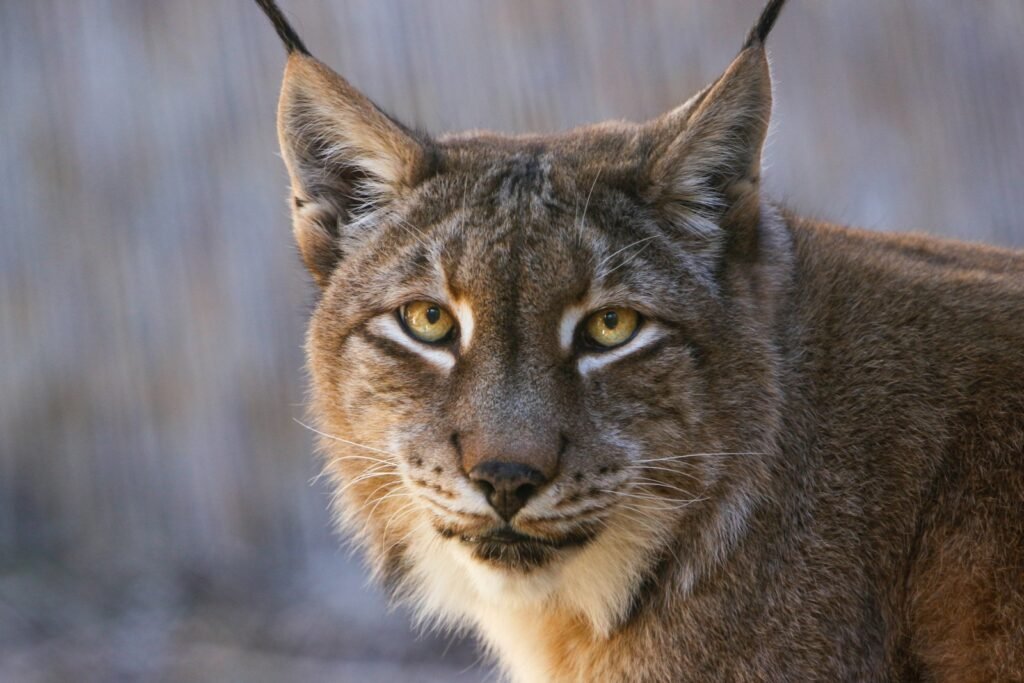
The majestic and powerful big cats continue to inspire and fascinate people around the world. Their incredible skills and adaptations make them not only remarkable predators but also integral to the balance of natural ecosystems. By raising awareness and supporting conservation initiatives, we can help ensure the survival of these iconic animals for generations to come.
Hi, I’m Bola, a passionate writer and creative strategist with a knack for crafting compelling content that educates, inspires, and connects. Over the years, I’ve honed my skills across various writing fields, including content creation, copywriting, online course development, and video scriptwriting.
When I’m not at my desk, you’ll find me exploring new ideas, reading books, or brainstorming creative ways to solve challenges. I believe that words have the power to transform, and I’m here to help you leverage that power for success.
Thanks for stopping by, Keep coming to this website to checkout new articles form me. You’d always love it!





